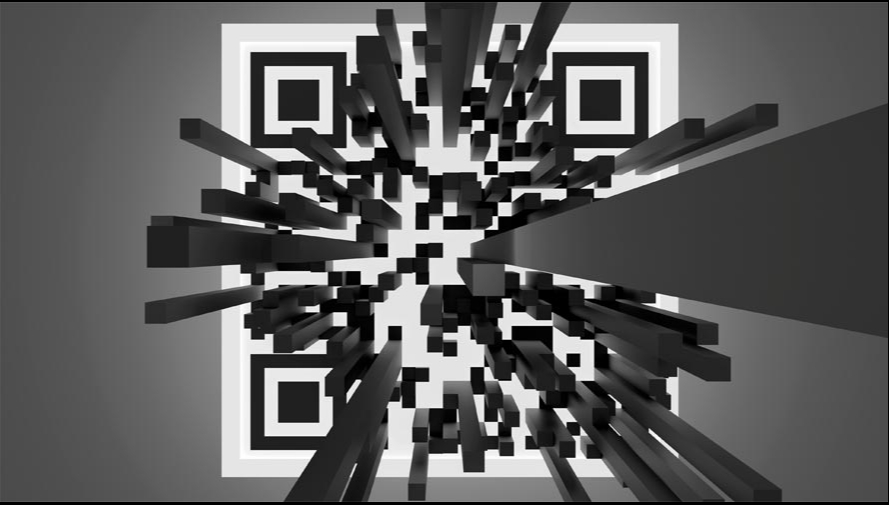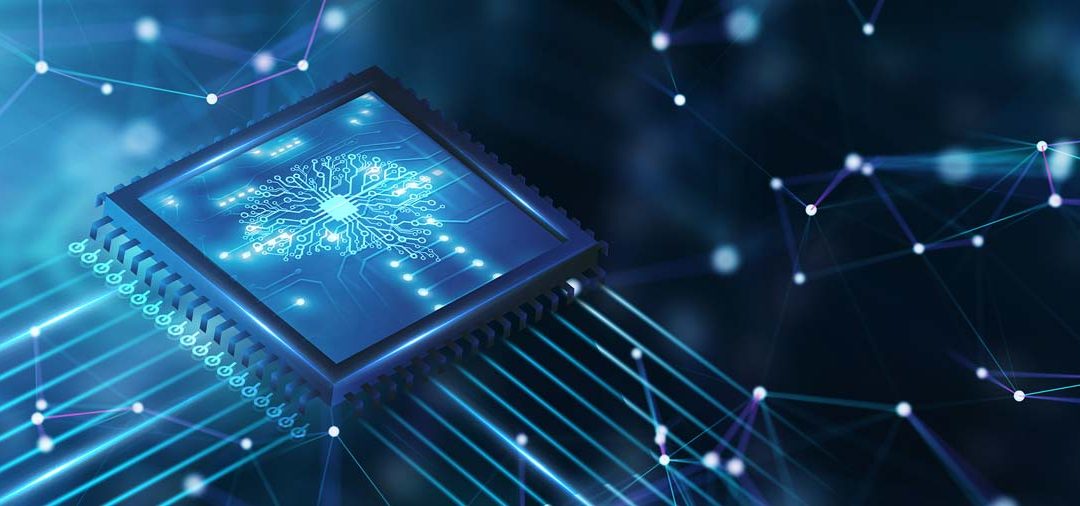Ever since the pandemic, QR codes have had a resurgence in society. When the world turned contactless, restaurants and businesses began leveraging QR codes for menus and signage. These small codes have since become a go-to for pulling up web pages quickly and conveniently.
As QR codes continue to become more prevalent, other industries have taken note and discovered ways to leverage them—and construction is no exception.
But before we get into that, let’s cover some basics.
What are QR codes?
The ‘QR’ in QR codes stands for Quick Response, which makes sense when you think about the way they work. By pointing a device’s camera at the code, a destination link is pulled up and can be accessed instantaneously.
While they may have become most popular after 2020, these codes are not a new technology. QR codes were first created in 1994 by the Japanese company and Toyota subsidiary Denso Wave as a more accurate way to track vehicles and parts during the manufacturing process. The original intention behind QR codes was to reinvent the barcode by making something that was easy to scan and could hold more data than the average barcode.
In a time where businesses needed to (and continue to) adapt, QR codes and smartphones have become a powerful duo to further streamline access to information.
Leveraging new types of technology in construction
It’s no secret the construction industry is facing some challenges. From labor shortages to supply chain, the circumstances have further shown the importance of operational excellence on a project. To help combat these challenges, maintain a high standard of execution, and minimize risks of mistakes, many construction companies have found technology to be the answer.
Can QR codes play a part in this? In our webinar Almost Done Isn’t Done, one Doxel customer shared his team’s innovative way of incorporating QR codes around the job site to bring everyone on the same page, faster.
Increasing field-to-model transparency
By strategically placing QR codes around key points of the job site, all the contractors for the project are able to instantly access the corresponding models and plans needed. That way, when the contractor is getting ready for the install or build, they can simply scan the QR code to confirm what they need to accomplish.
Putting the model in the hands of field teams every step of the way gives them immediate access to see where their efforts line up (or don’t) for the project. This makes it easy to ensure accuracy while progress is being made versus waiting until it’s too late.
How do companies make their own custom QR codes? Here’s a handful of solutions to consider:
While this technology is helpful enough on its own, the destination of the QR code is what can really make the difference on a project’s path to operational excellence.
Let’s talk about what happens when laser scanning and real-time progress tracking join the party.
Empowering better progress in real time
Doxel’s AI-powered tool automatically maps and overlays 360-degree video to the BIM and 3D models. The split view allows teams to quickly understand what’s in progress and what’s done, along with the quality of installed systems.
Site progress is automatically quantified and visualized and can be differentiated by trade to compare what’s there to what should be—and as a result everyone is objectively aligned on true progress.
Imagine all this at the touch of a button, a scan of a code. With the convenient access of QR codes connected directly to Doxel, field teams can better (and more instantly) answer two of a project’s biggest questions:
Are things where they are supposed to be?
Are we on schedule?
By having the color-coded, easy to understand analysis of progress just a QR code scan away, project teams can be more proactive and accurate in their work.
Getting started with predictive progress and insights
If you’re ready to take your project models to another level, schedule a demo of Doxel today.






